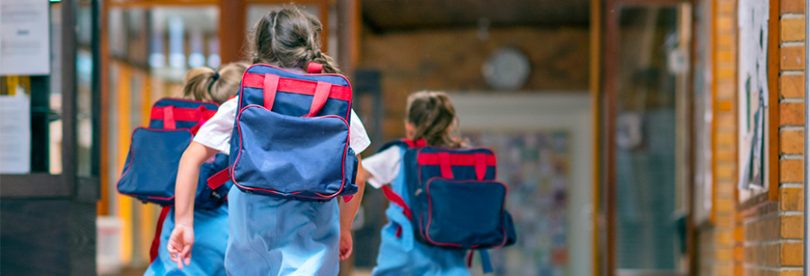Choosing a private education for your child is a big decision. It can offer a strong academic foundation, more resources and a supportive environment tailored to individual needs.
But it also comes at a price. Many parents want the best for their children but are often surprised by the true cost of sending a child to a private school.
What Are Private School Fees?
Private school fees refer to the costs you pay directly to the school. These usually cover tuition, which is the basic cost of instruction. However, there are often many additional expenses. These can include application fees, enrolment deposits, textbooks, school uniforms, camps, excursions, music lessons, laptops, and co-curricular activities like sport or drama.
It’s important to note that private school fees vary widely between schools. Some elite schools in metropolitan areas may charge over $30,000 per year for senior students, while smaller regional schools or faith-based institutions might charge far less.
The Real Cost from Prep to Year 12
To understand how much to save, you need to consider the entire journey from prep to Year 12. On average, private education in Australia can cost between $150,000 to over $300,000 per child. This depends on the school’s location, its reputation and the year level. Typically, fees increase as your child progresses through school, with secondary education often costing more than primary years.
Let’s break it down:
- Primary School (Prep to Year 6): Private school fees can range from $5,000 to $15,000 per year.
- Secondary School (Years 7 to 12): Fees can range from $10,000 to $35,000 per year or more in some high-demand schools.
When you add in the cost of uniforms, camps, technology and other extras, the total cost quickly adds up.
Why You Should Start Planning Early
Starting your savings early makes a big difference. The sooner you begin, the more time your money has to grow through interest or investment returns. This also means you can save smaller amounts over a longer period, rather than scrambling to find large sums at the last minute.
Here are a few simple strategies to help you plan:
- Create a savings goal: Estimate the total cost of private school fees based on your chosen schools and build a savings target from that.
- Open a dedicated education fund: Keep your education savings separate from your everyday bank account to avoid the temptation to spend it.
- Automate your savings: Set up a regular transfer into the education fund, weekly or monthly, to build your balance without even thinking about it.
Budgeting for Private Education
When budgeting for private school fees, it is important to include both fixed and variable costs. Tuition is just one part of the equation. Also consider:
- Annual levies or building funds
- School camps and trips
- Uniforms and sports gear
- Textbooks and stationery
- Laptops and tech subscriptions
- Private tutoring or special lessons
- Transport or boarding (if applicable)
Keep in mind that many schools increase their fees each year. Factor in an annual increase of 3 to 5 per cent when planning your budget to ensure your savings keep pace with inflation.
Scholarships and Financial Aid
Not all private school students pay full fees. Many schools offer academic, sporting or creative arts scholarships. Others have bursaries for families in financial need. These programs can significantly reduce your costs and make private education more accessible.
It’s worth researching these options and applying early. Each school has different eligibility criteria and application deadlines, so speak with admissions staff to learn what’s available.
Consider the Long-Term Value
While the cost of private education is high, many families see it as a long-term investment in their child’s future. Benefits may include smaller class sizes, advanced learning programs, strong extracurricular offerings, leadership opportunities and better university pathways.
That said, private school is not the only path to success. Many excellent public and low-fee independent schools also produce outstanding graduates. The most important thing is finding a school where your child feels supported, motivated and able to thrive.
How Much Should You Really Save?
The answer depends on your child’s age, the schools you are considering and your current financial situation. As a general rule, families should aim to save:
- $150,000 to $250,000 for one child attending private school from prep to Year 12
- Or $60,000 to $150,000 if they plan to attend only during the high school years
These numbers are not small, but spreading them over 10 or 15 years makes them more manageable. For example, saving $10,000 per year over 15 years gives you $150,000, not including any investment returns.
The Bottom Line
Private education offers many advantages, but it comes with a significant financial commitment. Understanding the full scope of private school fees and planning ahead can make the process much smoother. Whether you are thinking about enrolling your child next year or just starting to explore options for the future, a clear plan is key.
With the right savings strategy, open conversations and smart financial choices, you can give your child access to a quality education without compromising your family’s financial health. Remember, the best education is one that fits your child’s needs and your budget.





